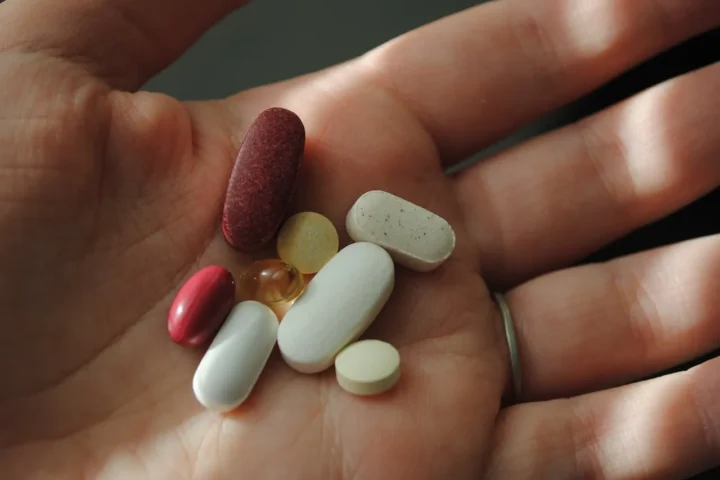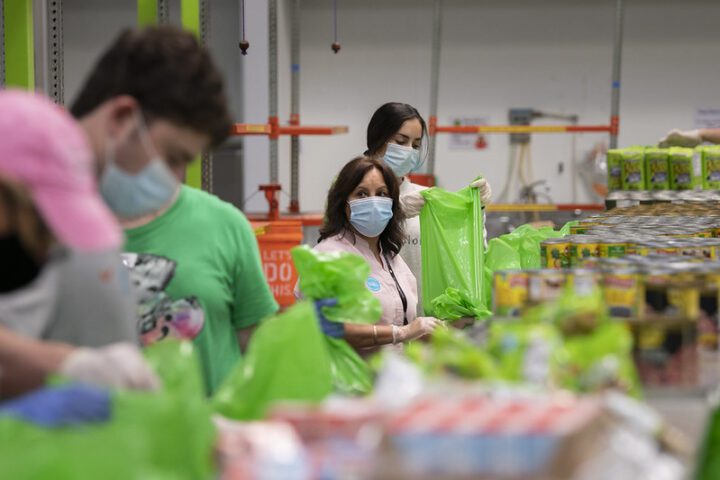Remember when a simple strep throat could be knocked out with basic penicillin? Those days are fading fast. Each time you pop an antibiotic, microscopic bacteria are learning to fight back through plasmid transfer, efflux pumps, and enzymatic modifications – turning our wonder drugs into mere sugar pills.
Fresh data from 67 countries published in the Proceedings of the National Academy of Sciences (PNAS) puts hard numbers to this growing crisis. Antibiotic consumption has jumped from 29.5 billion defined daily doses (DDDs) in 2016 to 34.3 billion DDDs in 2023 – a 16.3% surge. For patients, one DDD equals the standard adult dose of an antibiotic taken for its primary infection type. Think 500mg of amoxicillin three times daily for a week to treat your bronchitis – that’s 7 DDDs.
The Numbers Behind Your Next Hospital Visit
The research team’s methodology was meticulous. They analyzed pharmaceutical sales data using interrupted time series analysis with segmented regression modeling to track consumption patterns. Here’s what they found:
Pre-COVID (2016-2019):
- Middle-income countries saw antibiotic use climb 9.8% (measured in DDDs/1000 people/day)
- High-income nations decreased use by 5.8%
- Overall global consumption rose from 13.7 to 15.2 DDDs per 1,000 people daily
- Beta-lactams remained the most prescribed class, followed by macrolides and fluoroquinolones
COVID’s impact hit like a sledgehammer. High-income countries slashed antibiotic use by 17.8% between 2019-2020. “The COVID-19 pandemic temporarily disrupted antibiotic use, but global consumption has rebounded quickly and continues to rise at an alarming rate,” reports Dr. Eili Klein, lead author and Senior Fellow at One Health Trust (OHT).
When Your Antibiotic Stops Working
The World Health Organization (WHO) categorizes antibiotics into three critical groups:
ACCESS Group: Your first-line defenders
- Amoxicillin for strep throat
- Nitrofurantoin for UTIs
- Doxycycline for skin infections
WATCH Group: The backup arsenal
- Ciprofloxacin
- Clarithromycin
- Third-generation cephalosporins
RESERVE Group: Last-resort weapons
- Colistin
- Carbapenems
- Fourth-generation cephalosporins
Middle-income countries increasingly rely on Watch antibiotics, creating perfect conditions for resistance development through selective pressure on bacterial populations.
From Farm to Pharmacy: New Safety Rules
India’s Food Safety and Standards Authority (FSSAI) is taking action with new regulations starting April 1, 2025. The rules target maximum residue limits (MRLs) for:
Antimicrobial agents in:
- Meat: Tetracyclines, beta-lactams, aminoglycosides
- Milk: Beta-lactam residues, sulfonamides
- Poultry: Fluoroquinolones, macrolides
- Eggs: Layer hen antimicrobials
- Aquaculture: Quinolones, tetracyclines
- Honey: Complete antibiotic prohibition
“If enforced strictly, the regulations will ensure safer food products for consumers by setting stricter residue and contaminant limits across a variety of food items and help in dealing with antimicrobial resistance,” states George Cheriyan, working president of the Consumers Protection Association.
Dr. Palleti Siva Karthik Reddy, consultant physician at Koshys Hospital, breaks down the science: “AMR occurs when bacteria, viruses, fungi, and parasites evolve and no longer respond to antibiotics, making infections harder to treat and increasing the risk of disease spread, severe illness, and death. By limiting the presence of antibiotic residues in food, FSSAI aims to reduce the inadvertent consumption of antibiotics through the diet, which can lead to the development of resistant bacteria in humans.”
More Stories
Tomorrow’s Crisis: 2030 Projections
Statistical modeling shows a dire future:
- Base projection: 52.3% increase to 75.1 billion DDDs
- Uncertainty range: 22.1% to 82.6% increase
- Potential total consumption: 60.2 to 90.1 billion DDDs
These aren’t just numbers. They represent real medical procedures at risk:
- Joint replacements that could end in amputation
- C-sections with untreatable post-surgical infections
- Cancer treatments compromised by resistant infections
Solutions in Action
Denmark and the Netherlands offer hope through successful antibiotic restriction programs:
Denmark’s Model:
- DANMAP surveillance system tracking resistance patterns
- VetStat monitoring of veterinary prescriptions
- Yellow Card Initiative for high users
- Reduced antibiotic use in pigs livestock by 49%
Netherlands’ Approach:
- Central registration of all antibiotic prescriptions
- Mandatory susceptibility testing
- Farm-level usage monitoring
- Achieved 64% reduction in livestock antibiotics
Dr. Reddy emphasizes: “Shifting this paradigm will require extensive awareness campaigns, training programs, and financial incentives.”
For your health: Ask questions about any antibiotic prescribed. Request culture testing when appropriate. Complete your full course of antibiotics exactly as prescribed. The future of medicine depends on it.
















